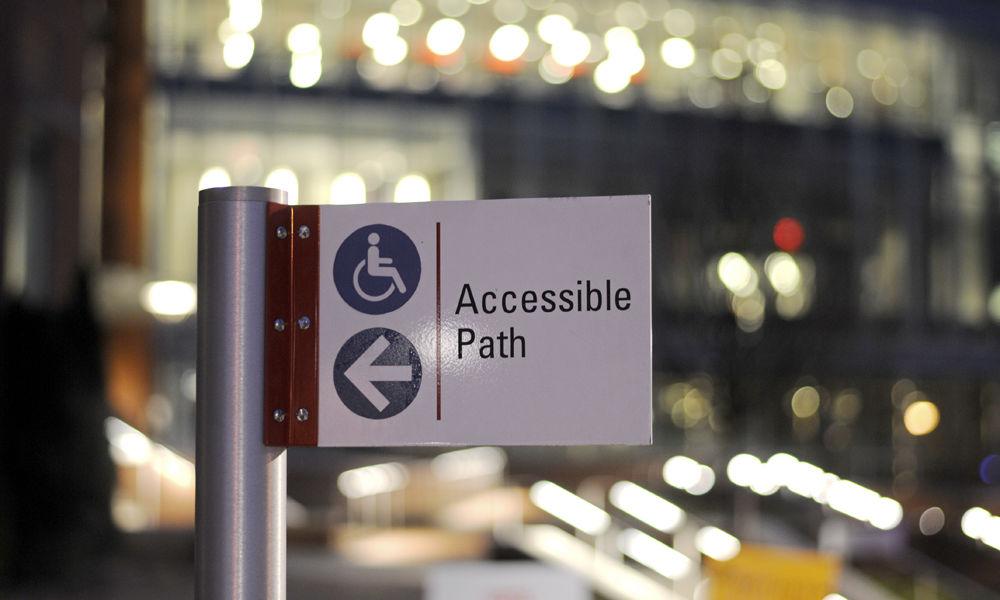After standing for almost 60 years and facing controversy regarding their accessibility, Lee and Sullivan residence halls and other buildings on campus are set to be renovated, bringing them closer to Americans with Disabilities Act (ADA) standards.
According to University Architect Lisa Johnson, Lee and Sullivan are the most concerning residence halls on campus in terms of accessibility, resulting in their potential teardown.
“[The university] did a housing master plan back in 2008 that really identified the problem,” Lisa said. “We talked about taking [Lee and Sullivan] down, and to fix that we have to tear down the entire elevator-stair element, and that is very costly. You could spend $70 million on both of those buildings … It all comes down to finances.”
Barry Olson, associate vice chancellor of academic and student affairs and the interim housing director, stated the master plan will work to identify new buildings that will have full accessibility and renovate old buildings to improve ease of use.
“[Accessibility] is an additional cost, but it’s not something that we’re averse to,” Olson said. “We absolutely want to make our environments as welcoming and as accommodating as possible.”
In addition to Lee and Sullivan, other residence halls including Gold, Welch, Tucker, Owen, Turlington, Syme and Alexander are lacking in accessibility, and in about two years, Tucker and Owen will have elevators inside, according to Chris Johnson, a facility planner at the university, no relation to Lisa Johnson.
Last week, the student body had the opportunity to voice their concerns for different accessibility situations across campus through a survey, Chris Johnson said. The survey was meant to identify areas that are candidates for facilities or Student Government to address.
Additionally, there is a focus on improving access in other public facilities on campus, specifically North Campus. A consultant has been hired to assess as much of North Campus as possible, prioritizing buildings that have classrooms or old buildings that have not been renovated, according to Chris Johnson.
“Consulting at this point will focus on the entrances to the most public spots, like classrooms or restrooms,” Chris Johnson said. “Looking at the approaches to those buildings, too, like the sidewalk elevations, and looking at the paths that people may travel around. Unfortunately, it is such a large task to take on, so we can only focus on a portion of campus.”
Lisa Johnson stated that one of the university’s guiding principles are “universal design,” a term coined by Ron Mace, a graduate from the NC State School of Design, in 1966.
“‘Universal design’ goes above and beyond what the ADA requirements are,” Lisa Johnson said. “We want everyone to enter and move around in buildings the same way. A switch-back ramp on the side is a last resort.”
There are many ramps on campus that fall under the principle of universal design: the ramp that connects the Court of Carolina to the 1911 building, the new ramp from the Brickyard to Hillsborough Street and the ramp to D.H. Hill Library, according to Lisa Johnson.
In addition, Lisa Johnson stated renovations will be made to the Belltower in 2020 to make the base more accessible.
“That is universal design,” Lisa Johnson said. “Having people move and change grade, but all together.”








